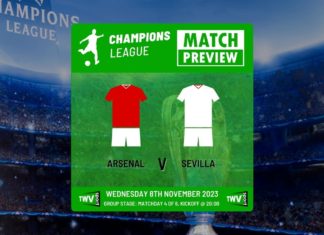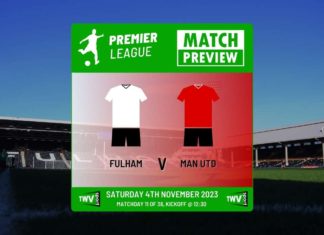Men’s tennis has been dominated for more than a decade by three men – Roger Federer, Rafael Nadal, and Novak Djokovic. Between them they have won 63 singles Grand Slams, and each has held the individual record at some time in the past few years.
First to the magic 20 mark was Federer, then his two rivals equalled his tally. Nadal went two head by winning the Australian Open and French Open titles this year, before Djokovic pegged him back with victory at Wimbledon.
With Federer now 40 and still not back from the effects of long-term knee surgery, and the other two now ageing, their period at the top maybe coming to an end, but it remains a rare instance of a three way rivalry.
It is by no means unique, though. It is common in football, for instance, where teams from the same geographic area have rivalries often based on long standing social, economic or political factors – Liverpool, and the two Manchester clubs for example, or Juventus, AC and Inter Milan.
Benn, Watson, Eubanks
For a brief period in the late 1980s, Britain dominated middleweight boxing and they had three great champions, Nigel Benn, Michael Watson and Chris Eubank. They all fought against each other.
Watson beat Benn but then lost to Eubank, Benn and Eubank then drew, but Eubank won the rematch. However, the rivalry ended in tragic fashion. When Watson and Eubank fought again, Watson was leading on points when Eubank hit him with an uppercut that sent him sprawling to the canvas. He collapsed in the ring, and, with no paramedics ringside, it took eight minutes before he was administered oxygen, and more than 20 minutes to reach hospital.
He spent 40 days in a coma and suffered permanent brain damage.
Connors, Lendl, McEnroe
Whilst the rivalry between Federer, Nadal and Djokovic is generally friendly, with plenty of mutual respect, the same could not be aid of the relationship between Jimmy Connors, Lendl, and John McEnroe. The three men just did not like each other, especially Connors and Lendl. They would meet 35 times in all and, although Lendl came out on top, meetings between the two were always fractious.
Meanwhile, McEnroe, the man known as “Super Brat” for his on court antics, managed to get under the skin of both of them, and always believed that his behaviour gave him an edge.
There was always a difference of styles. Connors was loud and aggressive, whilst Lendl gave the impression of being cold and impenetrable. Meanwhile McEnroe was always on the edge ready to boil over at any minute if he felt wronged by an umpiring decision or bad line call.
Leonard, Hagler, Hearns
Sugar Ray Leonard, Marvin “Marvellous” Hagler, Tommy “The Hitman” Hearns and Roberto Duran became known as “Four Kings” because they fought against each other throughout the 1980s, although Duran was a more a fellow traveller.
Leonard is considered the greatest boxer of them all, and is the only fighter in history to have titles at five different weights. However, Hagler and Hearns were all champions in their own right, and fights involving any of them would attract enormous – and very lucrative- pay per view audiences.
Leonard was always the most gifted of the three, whilst Hearns and Hagler relied more on brawn and sheer punching power.
Mantle, Mays, Snider
During the 1950s, three players that would later all be elected to the Baseball Hall of Fame all played for teams in the New York area, Mickey Mantle played for the New York Yankees, Willie Mays for the Giants, and Duke Snider for the Brooklyn Dodgers.
This was at a time when baseball was king in New York. Between 1949 and 1956, the city kept a stranglehold on the World Series title.
The fact that they all played in centre field just added to the competition between the three men, with fans engaged in endless debate as to who was the best.
Unfortunately the rivalry was ended before the start of the 1958 season by the decision of the Dodgers and Giants to relocate to the other side of the country and California.
Snider largely played in the shadows of the other two, but he was the most upset by the decision to relocate the franchise. Nor did the move benefit his career. Both he and Mays went into decline in their new location.
Mays also saw his numbers begin to tail off perhaps because he no longer had a rival to spur him on in a ball park across the city.








